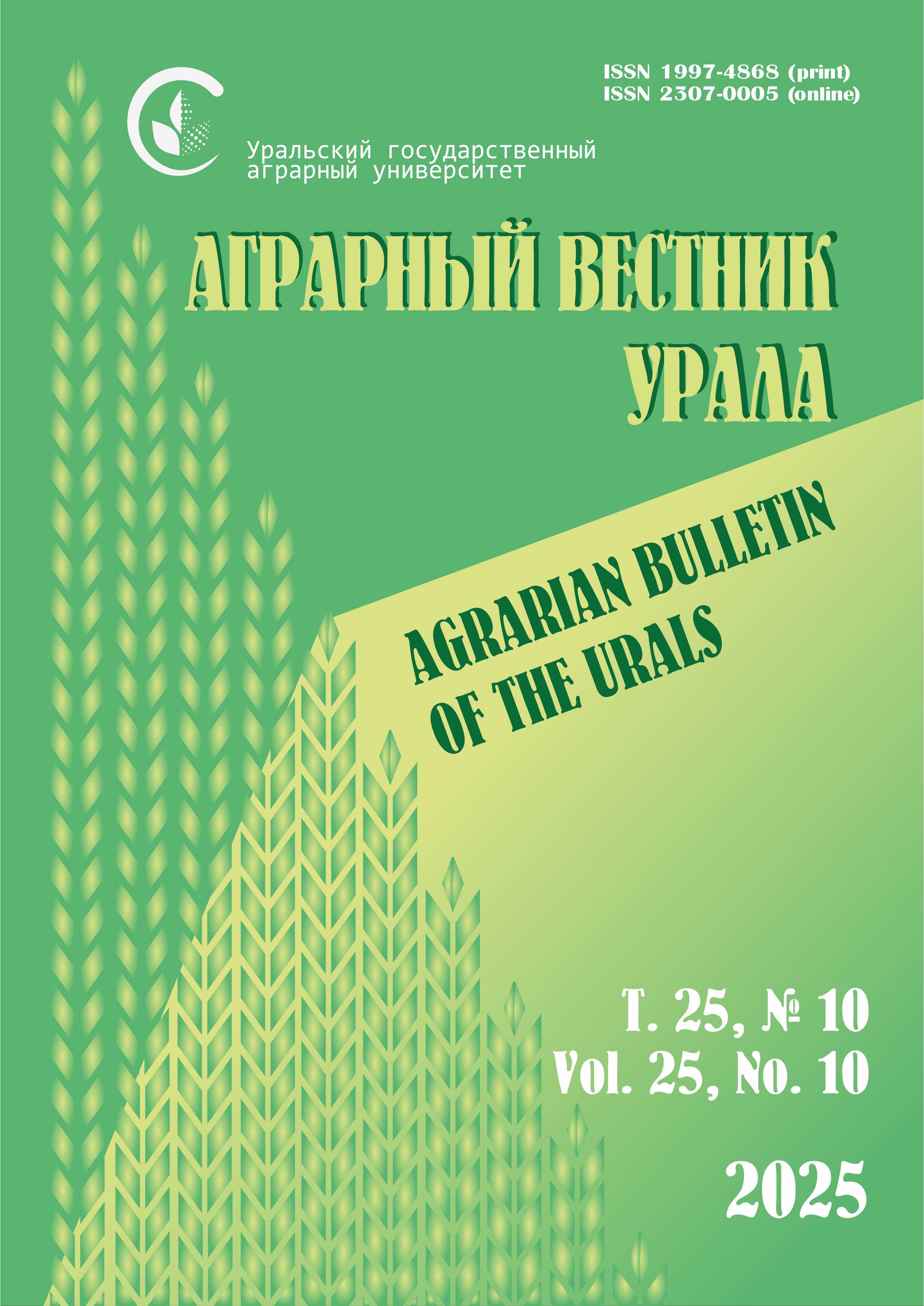Authors:
A. S. BARKOVA, candidate of veterinary sciences, associate professor,
E. I. SHURMANOVA, candidate of veterinary sciences, associate professor,
URAL STATE AGRICULTURAL UNIVERSITY (42 K. Liebknechta Str., 620075, Ekaterinburg)
Abstract. In order to determine the effect of automated milking systems on udder health, this study was carried out for the health status of cows’ udder in farm animals with productivity more than 9000 kg of milk. Status of teats was evaluated in 80 cows during automated milking installation and 185 cows during milking in a semi-automatic system in the conditions of agricultural enterprises. We conducted a comparative study of the teats of cows state in groups at different milking systems, a study of the influence of the multiplicity of milking on the teat condition, as well as determining the presence of permanent traumatic udder tissue and the level of somatic cells. The results showed that the incidence of automated milking teat lesions as uncomplicated hyperkeratosis is 30.6 %, and in a complicated hyperkeratosis – 14.4 %. In the group of cows with a semi-automatic milking system lesion teat-end complicated form of hyperkeratosis was recorded more than 1.9 times higher than at the automated milking. The average herd at loose housing and robotic milking the level of somatic cells does not exceed 164 thous./ml, while in 47.2 % of cows number of somatic cells – less than 100 thous./ml. With automated milking the presence of occult blood in the milk was recorded 4 times less than in the milk during regular milking. A significant difference between the level of the multiplicity of milking and teat hyperkeratosis lesions in this group has not been determined. With automated milking average number of milkings per cow is 2.5 times a day.
Keywords: automated milking, high-yield cows, hyperkeratosis, occult blood, somatic cells.
Download the full text of the article












